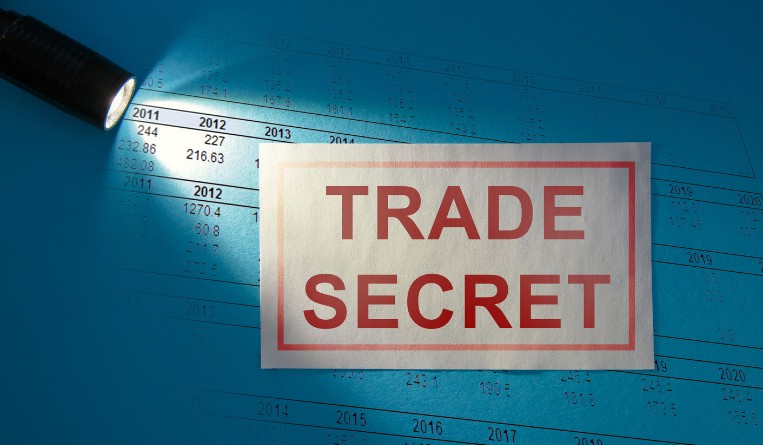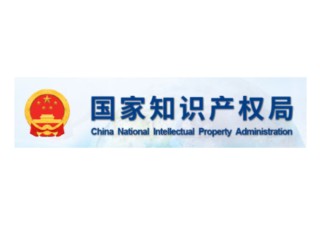"In Hong Kong, there is no legislation specifically protecting trade secrets," says Catherine Zheng, a partner at Deacons in Hong Kong. "Confidential information is protected by the common law of confidence as well as the express and implied contractual terms. As a brief summary, in order to claim for breach of confidence, the right owners should prove that the information itself must have the necessary quality of confidence about it, the information has been imparted in circumstances importing an obligation of confidence and there is unauthorized use of that information to the detriment of the party communicating it.".
She adds, "On the other hand, as a country adopting the civil law system, China has implemented several legislations to regulate the disputes involving trade secret infringement. According to the Anti-Unfair Competition Law of the People's Republic of China (2019 Amendment)中华人民共和国反不正当竞争法 (2019修正) (the “Anti-Unfair Competition Law”), if the right owner provides prima facie evidence that it has taken confidentiality measures to protect the claimed trade secrets and there are evidence reasonably indicate that the trade secrets have been infringed upon, this can reverse the burden of proof and the defendant should prove that there is no infringement."
To rely on the reverse burden of proof, the right owners should adduce any of the following prima facie evidence:-
- Evidence that the defendant has a channel or an opportunity to access to the trade secrets and the disputed information is substantially the same as the trade secrets;
- Evidence that the trade secrets have been disclosed or used, or is at risk of being disclosed or used, by the defendant; or
- Any other pieces of evidence that the trade secrets are otherwise infringed upon by the defendant.
"Such shift of the burden of proof is welcomed by the right owners as it was always difficult to collect the evidence of infringement and prove the infringement by the right owners in a trade secret theft case," she says.
In order to protect trade secrets, Zheng says that the right owners should take positive steps to implement confidentiality measures in order to protect the trade secrets rather than only focusing on the possible ways to remedy the leakage of trade secrets.
"The suggested measures set out in Article 6 of the Provisions of the Supreme People's Court on Several Issues Concerning the Application of Law in the Trial of Civil Cases Involving Infringements upon Trade Secrets 最高人民法院关于审理侵犯商业 秘密民事案件适用法律若干问题的规定 and the practical tips set out in the website of Intellectual Property Department of Hong Kong would be a great starting point for the companies or individuals to make reference to," she says.
According to her, here are some examples of confidentiality measures:
- The company should enter into a confidentiality agreement/ Non-disclosure agreement with anyone who might have access to the trade secrets (i.e. employees, former employees, suppliers, clients etc.) in order to impose the confidentiality obligations on them. Such obligations should continue to be in force after the employment/ business relationship is ended. In this way, the company would have a contractual claim if there are unauthorized disclosure of the trade secrets by those parties;
- The company should introduce and explain to the employees, former employees, suppliers, clients, and visitors the importance of confidentiality requirements through bylaws, training, rules and regulations, as well as detailed written agreements and guidelines. This can raise their awareness of the consequences and seriousness of breaching the confidentiality requirements, and at the same time serve as proof that the company has taken reasonable steps to protect the trade secrets;
- The company should also limit the scope of persons who are able to access or obtain the trade secrets, and each person should only be aware of the specific trade secrets that are necessary for them to do their jobs. Those trade secrets should be physically separated from other information, locked away, marked with “confidential” and encrypted, so that only the persons who have access to those information would be able to handle them.
- Companies can also engage some professional IT consultant agencies to monitor any suspicious downloads. For example,there can be warning signs displayed on the screen when abnormal downloads are detected, so that the company can identify the problem early and stop the unauthorized acts as soon as possible.
If trade secrets are stolen, Zheng says that in China, the right owners can choose to bring different actions including civil proceedings, administrative proceedings and criminal proceedings against the theft of trade secrets. "The right owners can initiate court proceedings against the defendant for stealing the trade secrets based on the Ant - Unfair Competition Law," she says. "The right owners can even apply for the preservation of infringing act (i.e. injunction) under the urgent situation to stop the infringement timely, prevent irreparable harm and preserve the status quo before the court handing down the judgment. If certain conditions are satisfied (as mentioned in Question 1), the burden of proof will be reversed to the defendant to prove that there is no trade secret infringement. When determining the amount of compensation, the court will consider the amount of actual loss of business, the benefit obtained by the defendant and the reasonable disbursements to prevent the infringement. If the actual loss cannot be ascertained, the court will base on the whole circumstances and award to the right owners the compensation in the amount of not more than RMB 5million."
Apart from civil proceedings, the supervising and inspecting authorities also have powers to order the defendant to cease the illegal act, confiscate the illegal income and impose a fine of not less than RMB100,000 nor more than RMB 1million, or if the circumstances are serious, a fine of not less than RMB 500,000 nor more than RMB 5million.
To some extent, the defendant might even face criminal proceedings against trade secret infringement. This depends on the circumstances, the defendant might be liable on conviction to imprisonment for at most 10 years and a fine. "When the right owners have difficulties in locating the evidence of infringement in a trade secret case, they may file an administrative case so that the authorities may assist in collecting the evidence," she says. "If the case turns out to be serious theft of trade secret, the authorities will transfer the case to the Public Security Bureau for criminal action. Practically speaking, sometimes, given the tremendous pressure caused by the investigations and the proceedings, the defendant might propose to settle with the right owners by paying a certain amount of compensation and promising not to deal with those trade secrets in the future, which might in fact be a time and cost-effective solution for both parties."








